
Mercedes-Benz concentrated its efforts in the immediate pre-WWII era in re-establishing its reputation for building solid and reliable automobiles with exacting build quality.
Accomplishing this goal, they turned their attention on building prestige cars, beginning with a series of six-cylinder models that answered the buyer's request for more power than the previous four-cylinder line offered. Internally designated W128, the new Mercedes-Benz 220 models were a substantial development above the entry-level 180-Series cars. Production of the W128 range consisted of the 220 models, built from 1954 to 1956, the 219 models of 1956 to 1959, the 220 S of 1956 to 1959, and the 220 SE of 1959 to 1960.

A number of Mercedes-Benz models were described as 'Ponton', a term that is commonly thought to be post-war, however, it's a colloquial description of some early Bugatti models, particularly the Type 32. Its popularity was taken to new heights when it came into daily usage describing a number of Mercedes-Benz models produced from the mid-fifties to the early 1960s. The Mercedes-Benz 220 Series used unitary construction body shells with large, box-section side-members with the front suspension subframe constructed in a similar fashion to a pontoon or bridge which spanned the engine bay, leading to the term 'Ponton.' The one-piece chassis and body were designed for safety in collisions through collapsible components. This setup replaced the previous body-on-chassis structure of 1953. The new body styles were crisp and clean with a single styling line that began at the headlamps and traversed the front fender across the door panel and terminating at the taillight at the end of the rear fender.

Three body styles were built on the W128 220 Series chassis including a coupe, sedan, and cabriolet. Unlike earlier Mercedes-Benz cabriolets, when the top was lowered it was nearly completely hidden below a soft top boot cover resulting in an almost roadster-like smoothness of line.
In September of 1955, Mercedes-Benz introduced the 220S Cabriolet with the production versions rolling off the assembly in July the following year. In 1958, the 220 range expanded with a fuel-injected version of the 2.2-liter overhead-camshaft six, becoming the 220SE. Horsepower rose from 106 bhp to 115 bhp and although the top speed of approximately 100 mph remained unchanged, the zero-to-sixty mph improved by two seconds. In 1959, Mercedes introduced the 220SE Cabriolet with a 2,195cc engine with Bosch mechanical fuel injection helping to deliver 134 horsepower. These M127 gasoline-injected units were known as Einspritzmotor in German, and the 'E' in 'SE.' The setup used an early form of a mechanical pump-driven system by Bosch that brought fuel into the six cylinders.

By the time production ceased in November of 1960, 1,942 fuel-injected examples of the 220 SE Coupe and convertible models had been manufactured (1,112 were 220SE Cabriolets). Only the 220S (meaning Super) and 220SE (Super, Fuel Injected) were available in the top-of-the-line cabriolet models.
The 220SE Cabriolet had a base price of $8,100 when new, which was similar in cost to Cadillac's Eldorado Biarritz Convertible.

The 220 Series were luxuriously appointed and equipped with many of the amenities associated with Mercedes-Benz's limited production 300 series. The list included optional fitted luggage, wood veneer trim, and interior brightwork, two-tone paint, and reclining seats. The seats and trim were leather, and the carpeting was wool.







































































































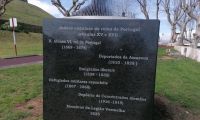




















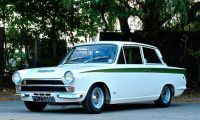








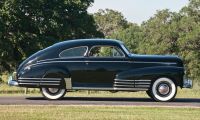















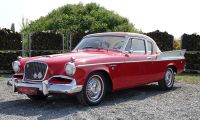






























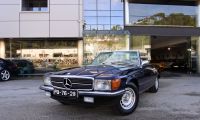









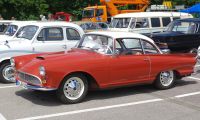


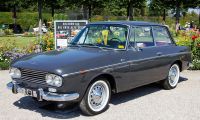
























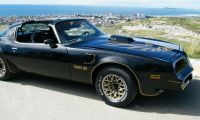














































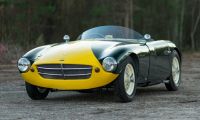



















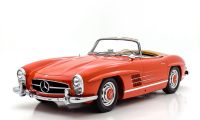














































































































































































































































































































































































































































































































































































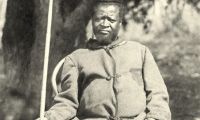



































































































































































































































































































































































































































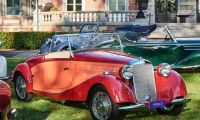

























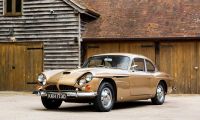




















































































































































































































 LINKS E SITES IMPORTANTES
LINKS E SITES IMPORTANTES


